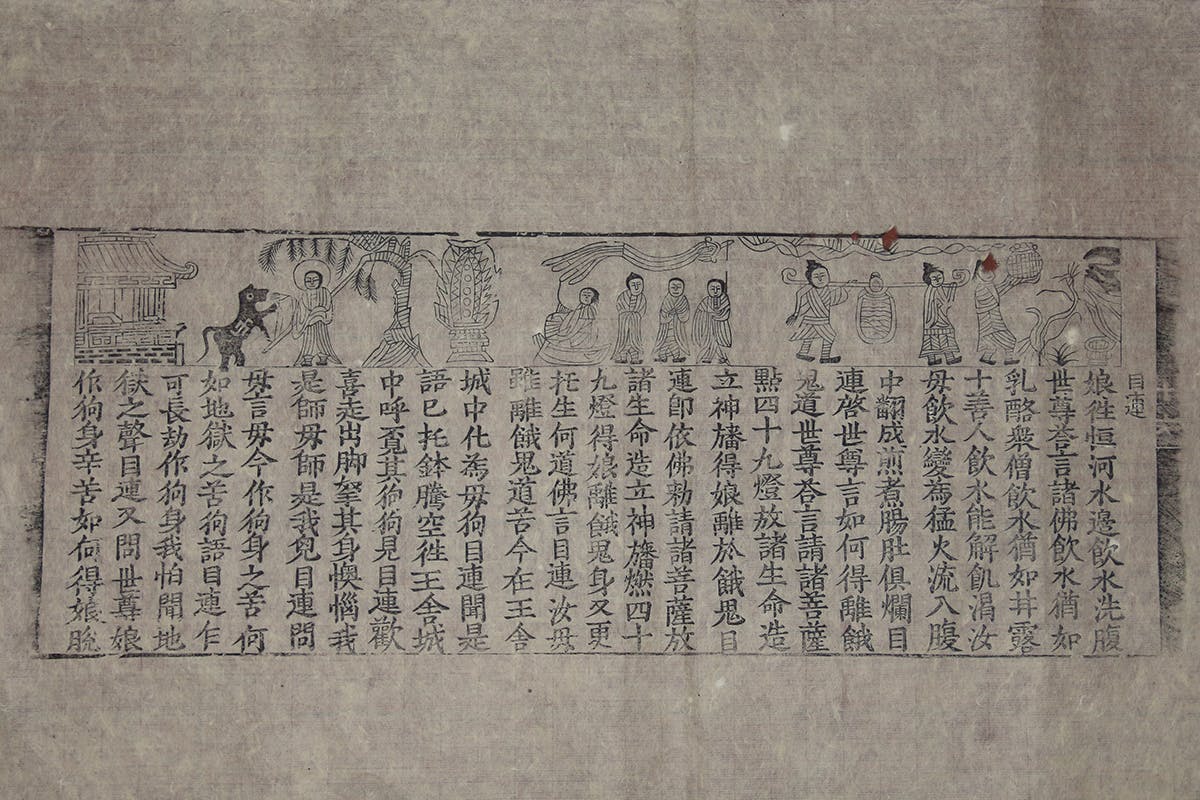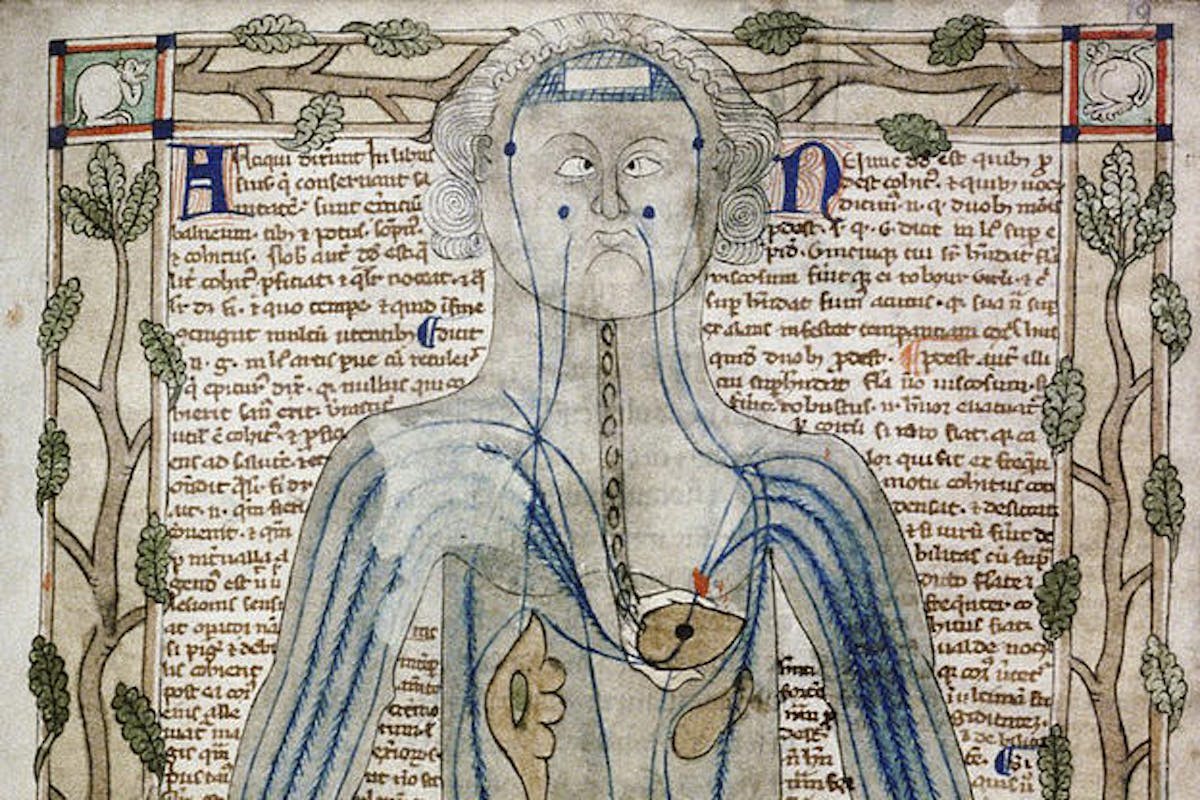Chinese Apocryphal Scriptures Reprinted in Korea and Vietnam
This is the second of five webinars in the 'Korea-Vietnam before the 20th Century Series' scheduled for Fall 2022. The series brings together scholars interested in Korean-Vietnamese in dialogue in order to develop a framework for meaningful future collaboration.
Wednesday, Oct. 5, 9 a.m.
Free

In China, the initial development of woodblock printing technology was associated with the multiplication of Buddhist scriptures and images. In the very early period, starting in the eighth century, printing was also used for these purposes in Korea and Japan; later it spread from China to Vietnam as well, where significant number of Buddhist texts were printed locally, starting around the fourteenth century. While the early printed copies of major Mahayana scriptures and even Chinese Buddhist canon (Tripitaka) in several countries of East Asia are well known (especially famous in the Koryo Tripitaka 高麗藏of the thirteenth century, which preserved many features of the earliest printed Chinese Buddhist canon), this talk focuses on the printing of so-called “apocryphal” (or “indigenous”) Buddhist scriptures that presumably were composed in China in the medieval period (they don’t have Sanskrit originals). Despite their non-orthodox status in the eyes of elite clergy in China, they played important role in transmission of Buddhist cults and ideas among masses not only in China, but also in other countries of East Asia, where Chinese forms of Buddhism became dominant. Some of these Chinese Buddhist texts were lost in China in the later period, but survived in Japan, Vietnam, and Korea, where they were transmitted in the pre-modern period, also in the printed form. Here we focus on one example of the Mulian Sutra(Mulian jing 目連經), which was composed around the twelfth century in China, based on the vernacular amplification of a scriptural subject: monk Mulian rescuing his mother’s soul from hell. This apocryphal scripture did not survive in China, but its reprints were made in Japan, Korea, and Vietnam in 1368, 1557 and 1762 respectively. As it was associated with the popular festival of soul’s salvation (Ullambana, or Zhongyuanjie 中元節in Chinese), this text was continuously reprinted in Korea and Vietnam in the early modern period and had significant impact on local literature and religious culture. Korean and Vietnamese reprints represent the special features of local printing technology and demonstrate its use in the transmission of Chinese popular texts in these countries.
For more information about the series and other speakers, please check out fall webinar schedule.
To join the talk, please click here.
Our next conversation is on Wednesday, October 20th with MOMOKI Shiro and John Ahn.
Dr. Rostilav Berezkin is a senior research fellow at the National Institute for Advanced Humanistic Studies, Fudan University. His main fields of research are religious storytelling and popular religion in the late imperial China, also in connection with cultural exchange in East Asia. He authored multiple books and articles written in Russian, Chinese, and English including Many Faces of Mulian: The Precious Scrolls of Late Imperial China (University of Washington Press, 2017).
Dr. NGUYEN To Lan is a researcher at the Institute of Sino-Nom studies, Vietnam Academy of Social Science. Her current research focuses on the history books and writing culture in East Asia. She co-authored monograph with Dr. Rostilave Berezkin on Avalikitesvara of the Vietnamese Sea: Miaoshan-Guanyin Legend in Vietnam (Vietnam University of Education Publishing house, 2021), and wrote a chapter in Li Guo, Patricia Sieber, and Peter Kornicki eds., Ecologies of Translation in East and South East Asia, 1600-1900 (University of Amsterdam Press, 2022).
This series is sponsored by Academy of Korean Studies (Project: AKS-2020-C-15), James P. Geiss & Margaret Y. Hsu Foundation, UCLA’s Center for Korean Studies, Center of Southeast Asian Studies, and the Department of Asian Languages and Cultures.
Sponsor(s): Center for Korean Studies, Center for Southeast Asian Studies

